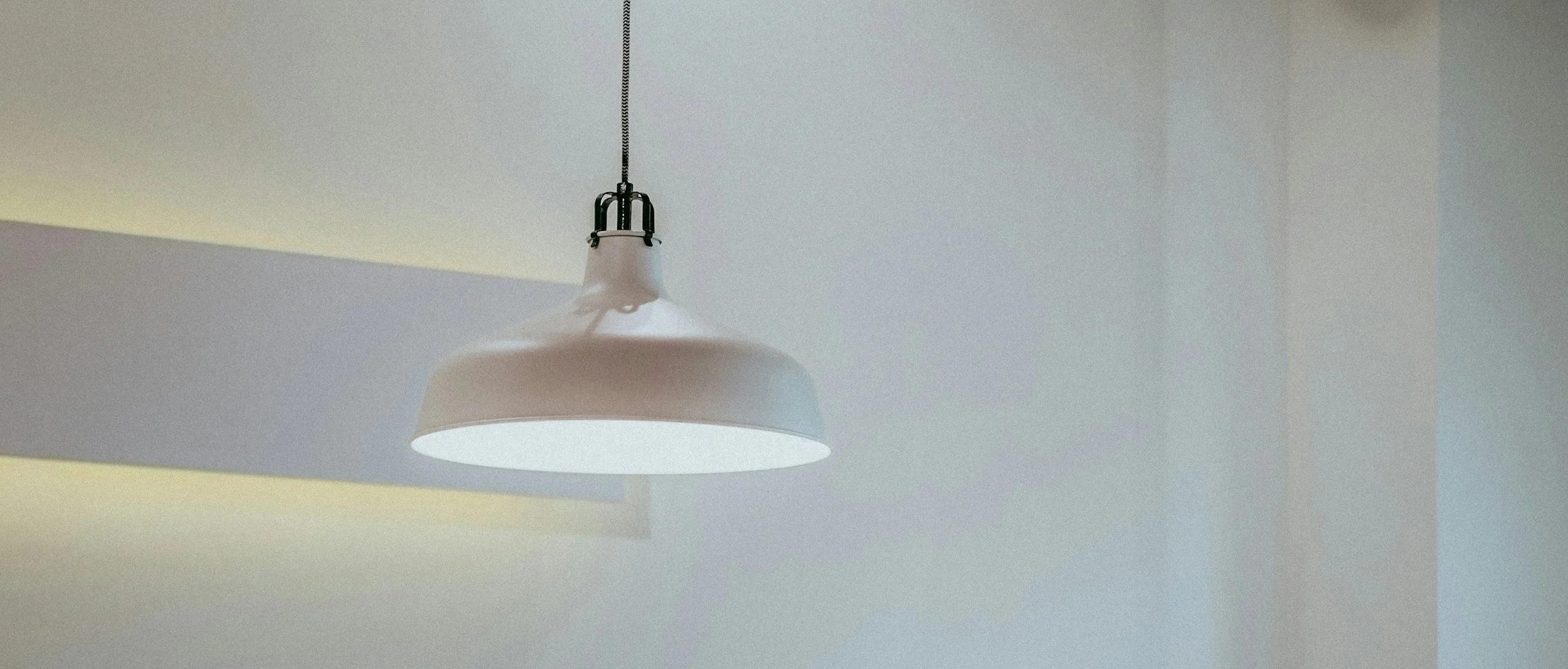Small Design Decisions That Make a Big Difference
When people think about designing a new home or planning an extension, their minds often jump straight to the big-ticket items: square footage, kitchen layouts, or whether to add an extra bedroom. While these are, of course, important, it is often the smaller design decisions that truly define how a house feels and functions day to day.
As architects working across Northern Ireland, we often remind clients that thoughtful details – the placement of a window, the flow of storage, or the choice of lighting - can make a modest project feel exceptional. These touches don’t always add significant cost, but they can transform the way you live in your home.
In this post, we’ll look at some of the most overlooked but impactful design choices that can make a big difference in creating a home that is not just beautiful, but practical, sustainable, and uniquely yours.
1. Windows: More Than Just a View
Windows are often chosen based on size and style, but their placement and proportion matter just as much. A carefully positioned window can frame a view of the Mourne Mountains, capture a sunset across Lough Neagh, or simply bring morning light into a family kitchen.
Natural light affects our wellbeing, reducing reliance on artificial lighting and making spaces feel larger and more inviting. In Northern Ireland, where winter days are short and the weather can be grey, good window design is essential.
Tip: Consider window placement alongside furniture layouts and movement through the home. A low horizontal window in a stairwell or a tall slot window in a shower can add delight without adding huge expense.
2. Lighting: Setting the Mood and Saving Energy
Lighting is one of the most underestimated aspects of design. Many homes rely on a single ceiling pendant in each room, which rarely provides the flexibility or atmosphere a modern family needs.
Layered lighting - combining ceiling fixtures, wall lights, and subtle integrated fittings – allows you to switch between bright task lighting and softer ambient light. This is particularly important in kitchens and open-plan living spaces, where activities vary throughout the day.
LED lighting, now standard, not only reduces energy costs but also opens up opportunities for creative design, such as under-cabinet strips or recessed floor uplighters that highlight architectural features.
Tip: When planning a new build or extension in Northern Ireland, discuss lighting early in the design process. Retrofitting later can be costly.
Task pendant lighting and feature wall light to the rear
3. Storage: The Secret Ingredient of a Tidy Home
Storage rarely gets the attention it deserves in glossy architectural magazines, but it is one of the biggest contributors to daily comfort. A home without adequate storage quickly feels cluttered, no matter how beautifully designed.
Built-in storage solutions, such as under-stair cupboards, concealed shelving, or utility room cabinetry, can make the most of every square metre. They are especially valuable in Northern Ireland’s many family homes, where space is often at a premium.
Tip: Think beyond wardrobes and kitchen cupboards. Consider where shoes gather at the front door, where schoolbags are dropped, or where laundry piles up. Small storage solutions designed into the architecture can save daily frustration.
4. Entrances and Thresholds: The First Impression
The way you enter your home sets the tone for how it feels. A small porch, a covered canopy, or even a well-designed hallway with a place to hang coats can dramatically improve comfort and practicality.
In Northern Ireland, where weather is often unpredictable, a sheltered entrance is not just a luxury - it’s a necessity. Muddy boots, dripping umbrellas, and soggy schoolbags need a clear, organised place to land.
Simple covered entrance
Tip: Even in compact extensions, a carefully considered entrance space makes the whole house feel calmer and more ordered.
5. Acoustics: The Invisible Comfort
We often talk about light, space, and warmth, but rarely about sound. The way a home handles noise - whether it’s footsteps on timber floors, kitchen clatter in an open-plan space, or external traffic - can make or break comfort.
Simple measures such as using acoustic insulation in partitions, soft finishes, or careful zoning can create homes that feel calm and restorative.
Tip: If you are investing in open-plan living, consider where quiet retreats will be, particularly for work-from-home setups or teenage bedrooms.
6. Sustainable Touches: Small Steps, Big Impact
Sustainability doesn’t always mean expensive technology. Small design choices can reduce a home’s long-term energy use: orientating a living room to the south for passive solar gain, choosing high-performance glazing, or incorporating natural ventilation.
These decisions, made early with your architect, can lower running costs and make your home healthier and more resilient.
Conclusion: The Power of Detail
When designing a home or extension in Northern Ireland, it’s easy to focus on the size of the kitchen island or the number of bedrooms. But often, it’s the small, thoughtful decisions that create a house you love living in – one that works seamlessly day to day, while still offering moments of delight.
As architects, our role is to guide you through these decisions, making sure that light, storage, sound, and sustainability are all part of the conversation. By getting the details right, we help you not only create a beautiful house, but truly a home. If you’re considering a project and would like to discuss your ideas, feel free to get in touch.






